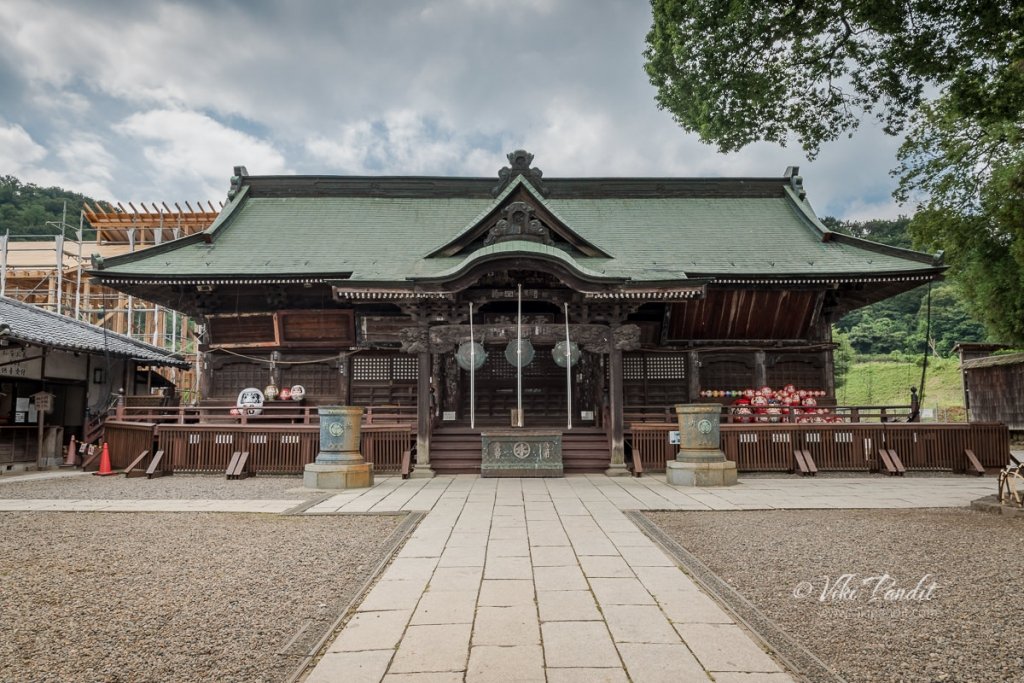Today we head out to the Syorinzan Darumaji Temple in the Takasaki countryside. Constructed in 1697, the Zen temple is the birthplace of “Takasaki Daruma” dolls used as a talisman for good luck.
Journals

The shrines of Nikko
Today Mani & I visit the temples of Nikko in Tochigi. The vibrant temples at this World Heritage site are strikingly different in appearance from other temples I have witnessed in Japan. The lavishly decorated pillars and other structures are covered in a gold leaves and multitude carvings conveying expressions of religious belief as well as scholarship and philosophy.
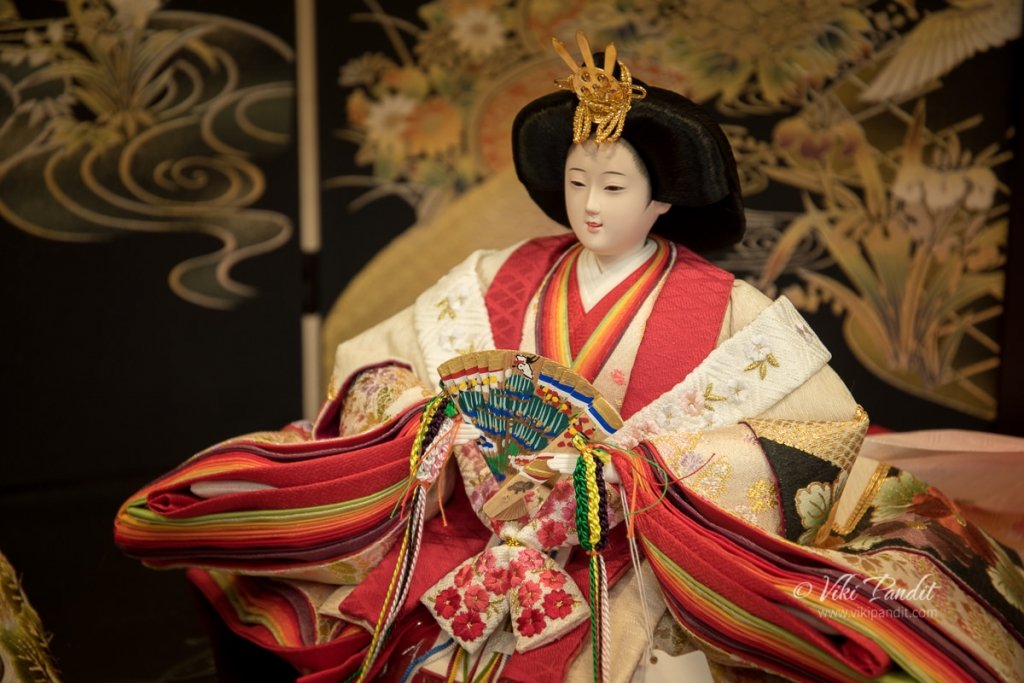
The cute dolls of Tougyoku Doll Museum
Today, we arrived in Iwatsuki to explore the remarkable Togyoku dolls at the Tougyoku Dolls Museum. The town is renowned for its rich doll-making heritage, boasting over 300 skilled doll-makers. This tradition dates back to the 1700s when the town’s Paulownia trees were discovered to be ideal for woodcarving. Soon the town became a center for the production of hina dolls, and the tradition continues to this day.
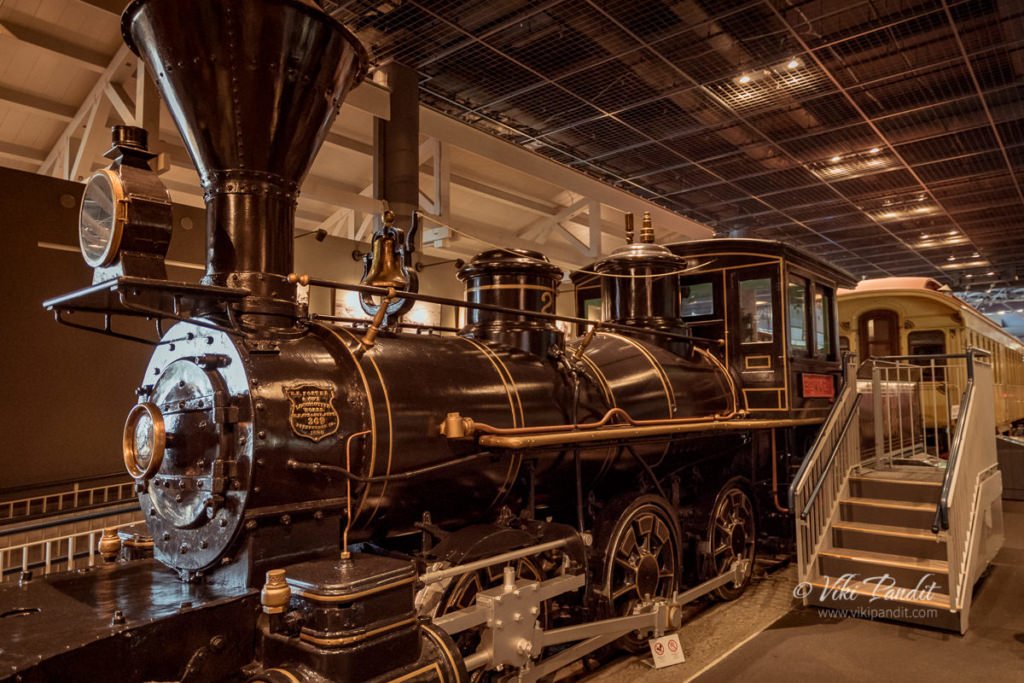
History of Japanese Railways
While we were in Kanto, I went down to see the Saitama Railway Museum that recounts the history of railway in japan. Operated by the East Japan Railway Culture Foundation, the museum features about 30 railway cars from different years as they have evolved to the enigmatic Shinkansen of today.

The picturesque Chiba Castle
Today we head up to the picturesque castle on a hilltop in downtown Chiba. The ruins of the Inohana Castle go back to early 1100’s when it was created by Chiba Tsuneshige, however the replica that stands today is from sketches of a late 16th century design that somewhat reduces the authenticity of the castle.

An evening at Enoshima
We traveled to Enoshima today, a small offshore island, about 4 km in circumference, at the mouth of the Katase River which flows into the Sagami Bay of Kanagawa. I was there to photograph Mt. Fuji, which I have heard looks stunning from the beach, but unfortunately the foggy weather foiled our attempts to catch the unique scene. However the beach is still an amazing place to spend an evening with your loved one.

Evangelion exhibit at Niigata Manga & Animation Museum
My love for Japanese culture started with watching endless hours of anime. While in Niigata I had to checkout the Manga & Animation Museum which houses the works of some of the popular manga and anime artists born in this prefecture. It was no co-incidence that my very favorite Rumiko Takahasi, creator of Inuyasha, also hails from Niigata. I got lucky as they were also holding an exhibit of the swords of Evangelion!
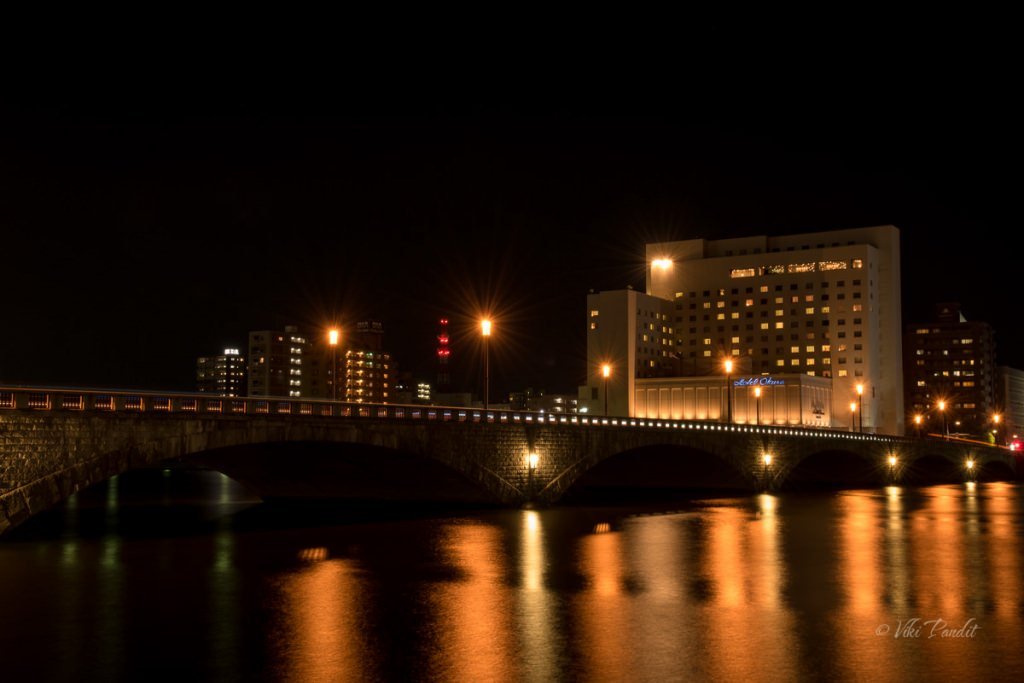
An evening along Bandai Bridge
Bandai Bridge is considered as the symbol of Niigata and is one of the city’s most scenic spots, especially at night. After dropping our luggage at the hotel, we walked down to the bridge from the Showa period, lit up like a Christmas tree over the Shinano River. The 1964 quake shattered Niigata, but the arch shaped, stone bridge stood strong among the rubble even as everything around it crumbled.
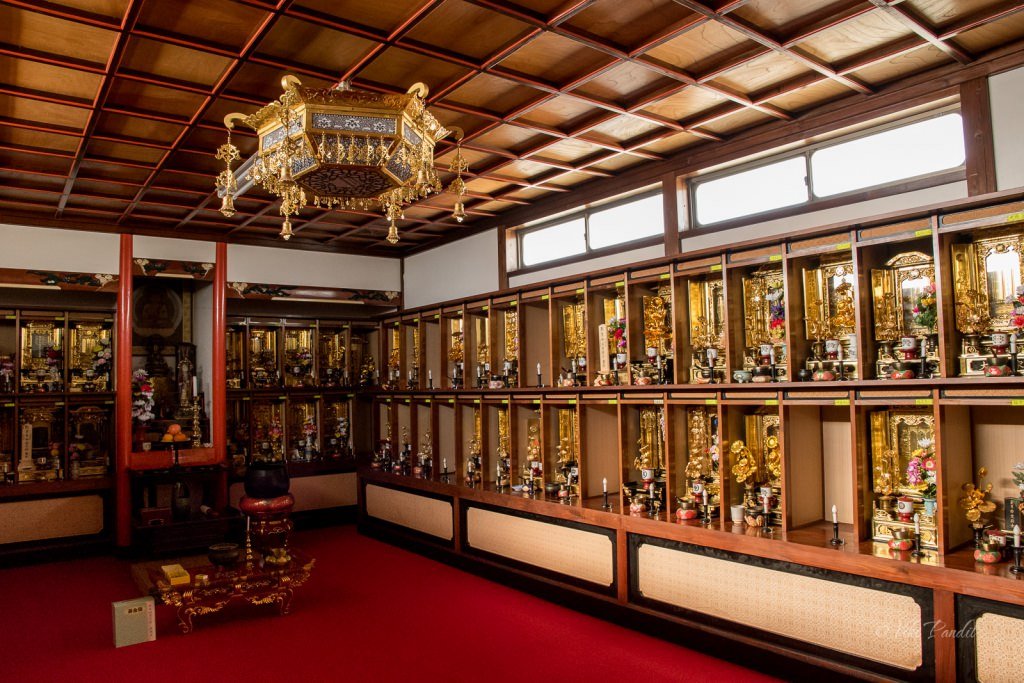
The Nangaku-ji Temple
Scattered throughout Yamagata Prefecture, there are over two dozen mummified Japanese monks known as Sokushinbutsu. The process of self-mummification was mainly practiced by monks in Northern Japan between the 11th and 19th century. Today we walk down to the Buddhist mummy of Nangakuji Temple in Tsuruoka that holds the remains of Tetsuryou-kai, mummified at the age of 44, in a meditating pose, to understand what drove these monks towards this self inflicted, painful death.
